A GEM OF A MUSEUM
The David Collection in the heart of Copenhagen comprises three permanent collections. It is the home of one of the world’s most renowned collections of Islamic Art displaying art from the 7th to 19th century, from Spain in the west to India in the east. Among the many treasures, a few of which date as far back as the late 7th century, are miniature paintings, ceramics, silks, jewelry, and ancient daggers inlaid with jewels.
Until January 2, 2022 the museum shows a special exhibition ”Fighting, Hunting, Impressing. Arms and Armour from the Islamic World 1500 – 1850.”
The museum also houses a collection of 18th century European art, as well as examples of 18th century English, French, and German furniture. There is also a collection of Danish silver dating from the 17th and 18th centuries. This unique collection of European art can be seen in elegant period rooms in the very home of the founder C. L. David (1878-1960). David’s great-grandfather owned the building in Kronprinsessegade 30 from 1811 until his death in 1830. David acquired the building in 1917 – a century after his family had lived there – and made it his home until his death in 1960. To expand the museum, the C.L. David Foundation bought the neighboring building, Kronprinsessegade 32, in 1986.
The collection of Danish Early Modern Art includes work by Theodor Philipsen, Jens Ferdinand Willumsen, L. A. Ring, and Peter Hansen as well as 14 paintings by the internationally known Danish painter, Vilhelm Hammershøi (1864-1916).
The collection of Danish Early Modern Art is not on display at this time.
The museum shows one or two special exhibitions yearly, including exhibitions with fairly contemporary art, such as photographic displays from regions relevant to the permanent collections.
Watch out for the Masterpieces
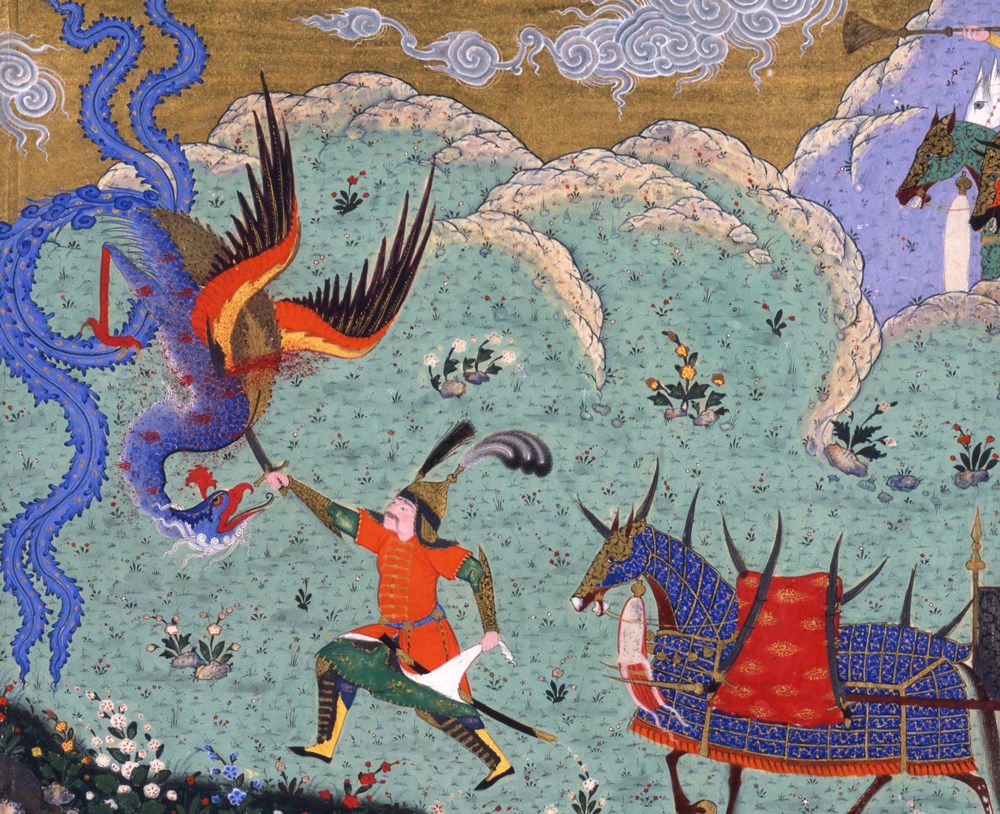
Miniature from a copy of Firdaws'is Shah-nama. “Isfandiyar’s Fifth Ordeal; He Must Slay the Simurgh,” Iran, Tabriz; between 1520 and 1535.
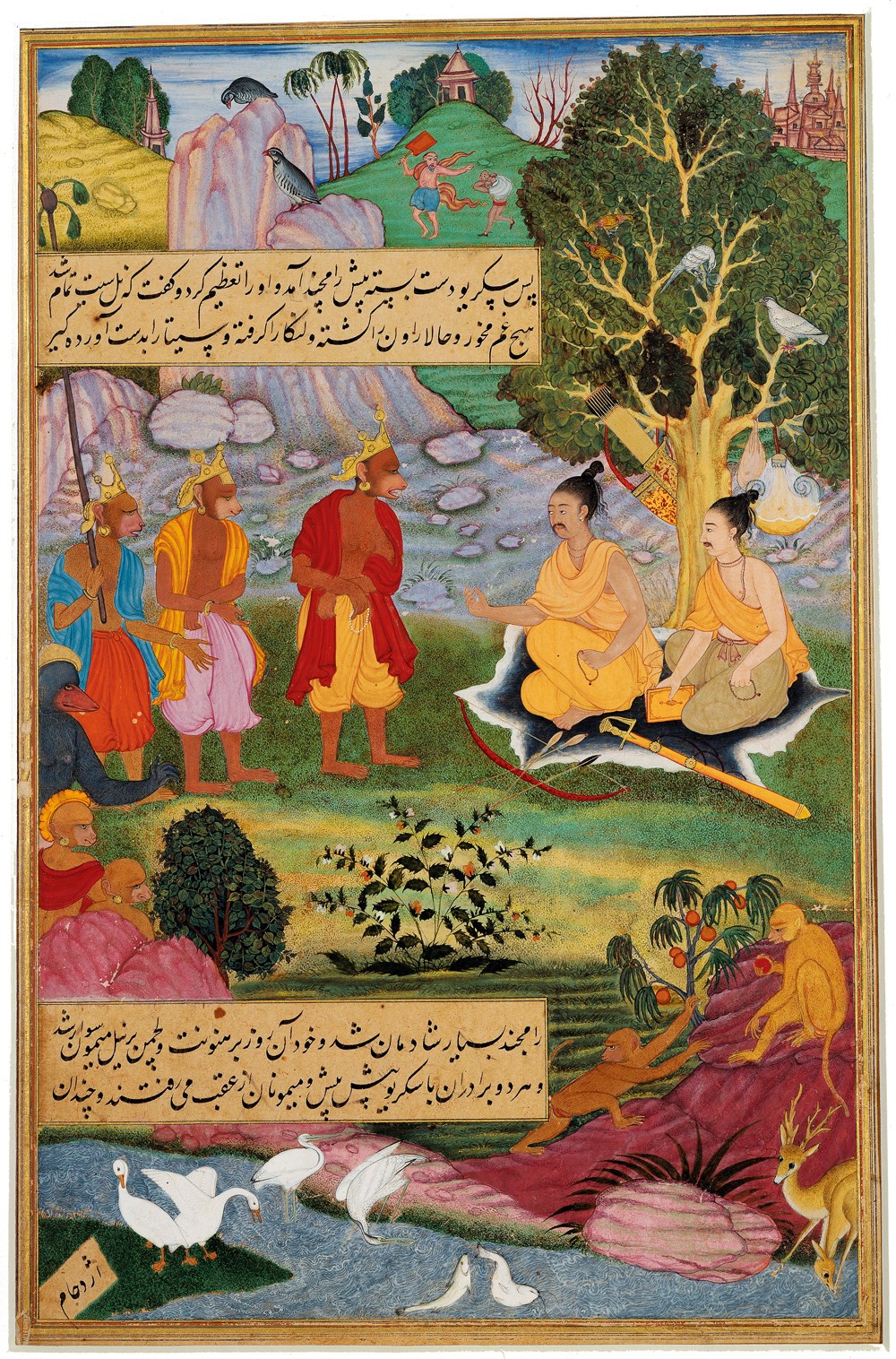
Miniature made for the Great Mughal Akbar, “Rama and Lakshman Hear of the Completion of the Bridge to Lanka from Sugriva, King of the Monkeys, ” detail, India, Mughal, 1594.
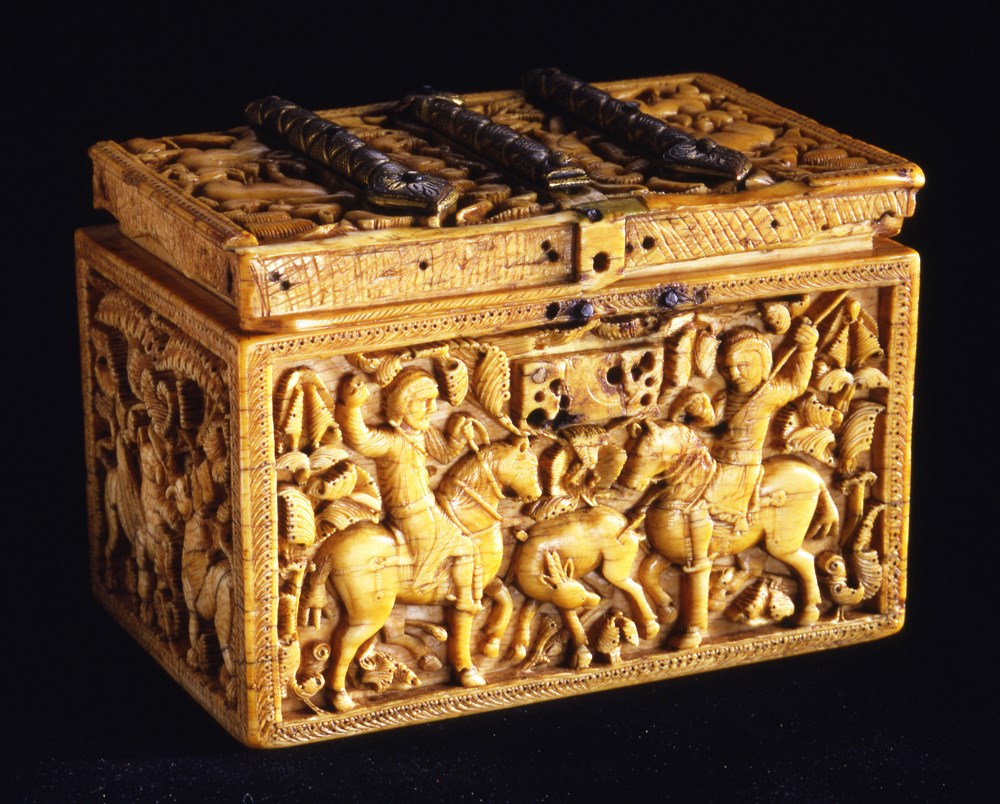
Casket, carved ivory with gilt-bronze fittings, Spain, Cordoba; c. 966-968.
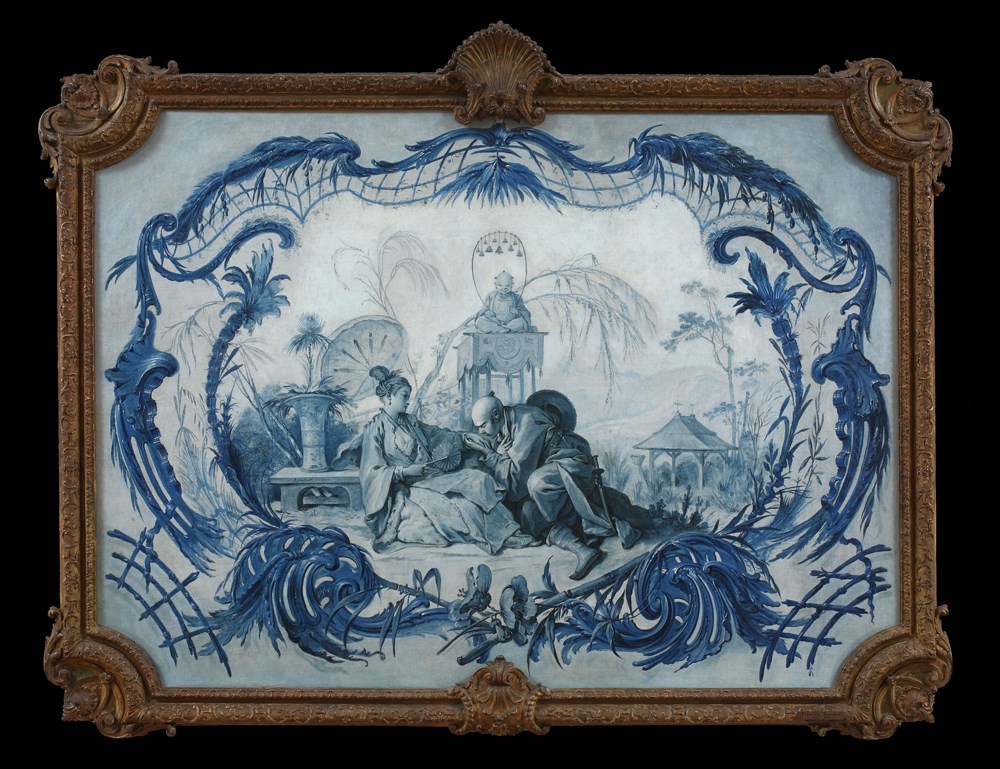
François Boucher
(France), “The Gallant Chinese,” 1742.
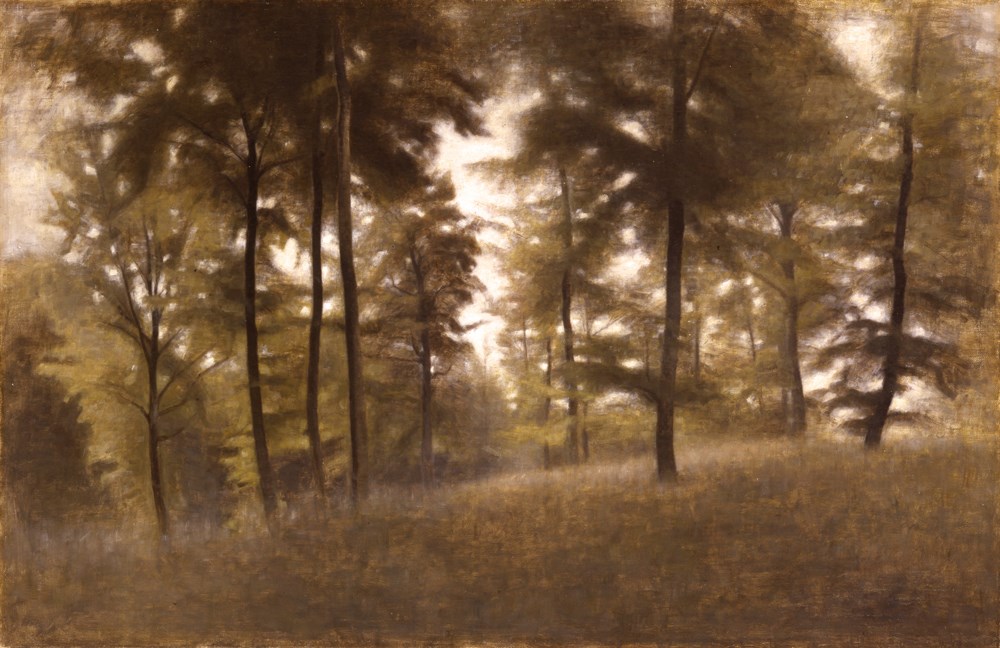
Vilhelm Hammershøi (1864-1916), “The Rowan Avenue at Snekkersten,” 1906.

